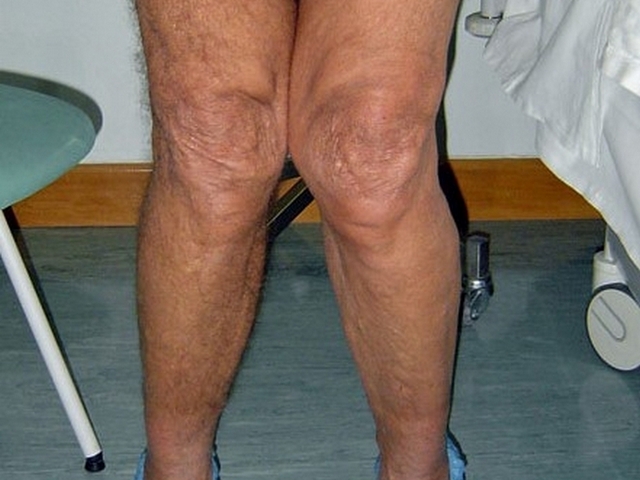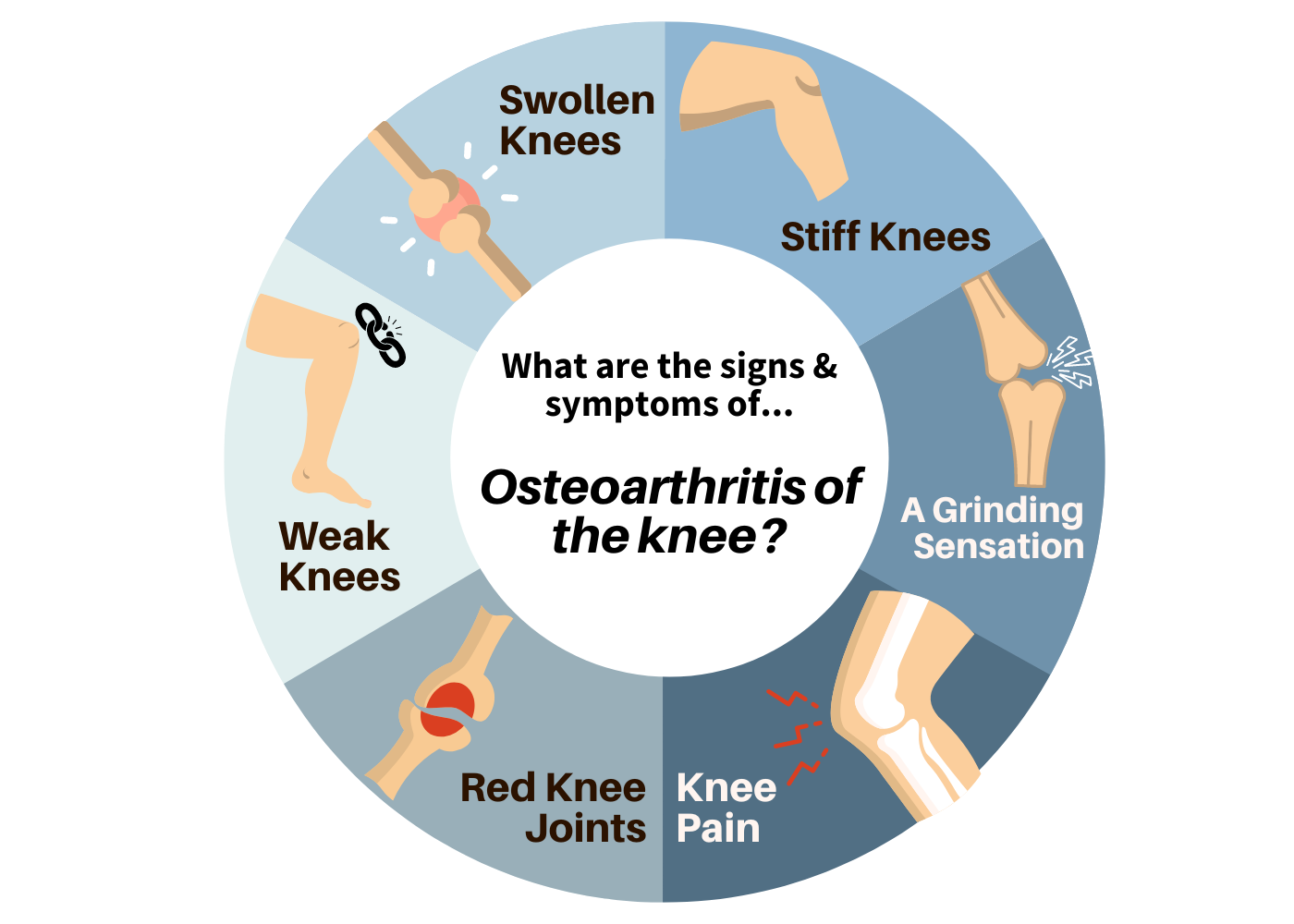Ouch in Your Knees? Here's How to Fight Back Against Knee Arthritis
Knee pain can be a life-altering
inconvenience. It can steal the joy out of your favourite activities, make
those everyday walks feel like an uphill battle, and leave you yearning for the
days your knees moved with effortless grace. But before you resign yourself to
a life of limited mobility, it's crucial to understand the culprit behind your
discomfort: knee arthritis.
Unmasking the Enemy: A Breakdown of Different
Knee Arthritis Types
Arthritis isn't a singular villain in this
story, but rather an umbrella term for a group of conditions affecting your
joints. When it comes to the knees, the most common foe is osteoarthritis,
often referred to as "wear-and-tear" arthritis. This condition
develops when the cartilage, the smooth, cushioning material between your
bones, starts to break down. This breakdown disrupts the joint's natural
lubrication, leading to friction, pain, stiffness, and swelling.
While osteoarthritis is the most frequent
culprit, there are other forms of knee arthritis, although less common.
Rheumatoid arthritis, an autoimmune disease that attacks the joints throughout
your body, can also target the knees. Psoriatic arthritis, linked to the skin
condition psoriasis, can manifest in the knees as well.
The Signs and Symptoms: Recognizing the
Telltale Signals of Knee Arthritis
Knee arthritis often announces its presence
gradually, like a slow-burning ember. You might experience:
- Pain: This pain can range from a dull ache to
a sharp, stabbing sensation. It often worsens with activity and finds some
relief with rest.
- Stiffness: Your
knees might feel particularly stiff, especially in the mornings or after
periods of inactivity. This stiffness can make getting started with daily
tasks more challenging.
- Reduced Mobility:
Simple movements like climbing stairs, squatting, or kneeling may become
more difficult and require extra effort.
- Swelling: Sometimes, the affected knee may appear
puffy or swollen, indicating inflammation in the joint.
- Creaking or Popping Sounds: These
sounds can be unsettling, but they aren't necessarily a cause for
immediate alarm. However, if accompanied by significant pain, it's best to
consult your doctor.
If you're experiencing any combination of
these symptoms, it's important to see your doctor for a proper diagnosis. Early
detection and intervention can make a significant difference in managing your
knee arthritis and maintaining an active lifestyle.
The Treatment Arsenal: Combating Knee
Arthritis Without Resorting to Surgery
While there's no cure for knee arthritis,
there are a multitude of effective strategies to manage it and keep you moving.
Here's a look at some powerful weapons in your anti-arthritis arsenal:
- Exercise: This might sound counterintuitive, but
regular exercise is a crucial ally in the fight against knee arthritis.
Strengthening the muscles surrounding your knee joint improves stability
and reduces pain. Low-impact activities like swimming, walking, or cycling
are excellent choices as they put minimal stress on your joints.
Consulting a physical therapist can help create a personalized exercise
program specifically tailored to your needs and limitations.
- Physical Therapy: A
skilled physical therapist is a valuable asset in your fight against knee
arthritis. They can create a personalized exercise program specifically
designed to strengthen the muscles around your knee joint, improve
flexibility, and increase your range of motion. They may also use manual
therapy techniques like massage and joint mobilization to improve joint
function and reduce pain.
- Weight Management: Extra
pounds put a significant amount of stress on your knees. Losing weight,
even a modest amount, can significantly reduce pain and improve mobility.
Talk to your doctor or a registered dietitian about creating a safe and
effective weight loss plan that fits your lifestyle.
- Assistive Devices: A
cane or a knee brace can provide additional support and stability, taking
the pressure off your affected joint and allowing you to move with greater
confidence. There are various types of canes and braces available, so
discuss your specific needs with a healthcare professional to determine
the best option for you.
- Pain Management:
Over-the-counter pain relievers like ibuprofen or acetaminophen can help
manage pain and inflammation. In some cases, your doctor may prescribe
stronger medication or recommend corticosteroid injections to provide
targeted pain relief.
- Alternative Therapies:
Acupuncture, massage therapy, and heat/cold therapy can offer some pain
relief and improve circulation to the area. These alternative therapies
can be used in conjunction with traditional treatments to create a more
comprehensive pain management approach.
The All-Natural Approach: Supporting Your Knees from Within
Maintaining good hydration is also crucial for
joint health. Water acts as a lubricant for your joints, allowing them to move
smoothly. Aim to drink plenty of water throughout the day, especially if you're
engaged in physical activity.
Lifestyle Modifications: Building Resilience
Beyond Treatment
Knee arthritis doesn't have to define your
life. By working with your doctor, creating a personalized treatment plan, and
adopting healthy lifestyle habits, you can effectively manage your condition
and continue to enjoy an active life. Here are some additional strategies to
consider:
- Prioritize Rest: While
exercise is important, allowing your body adequate rest is crucial for
healing and preventing further inflammation. Listen to your body and take
breaks when you experience pain or fatigue.
- Heat and Ice Therapy:
Applying heat to stiff joints in the mornings can help improve flexibility
and reduce pain. Conversely, applying ice to inflamed joints after
activity can help reduce swelling and discomfort.
- Supplements: Talk
to your doctor about the potential benefits of certain supplements like
glucosamine and chondroitin, which may help rebuild cartilage and reduce
pain. However, remember that research on their effectiveness is ongoing.
- Supportive Footwear:
Invest in shoes with good arch support and proper cushioning to absorb
shock and distribute your weight evenly. This can significantly reduce
stress on your knees.
- Stress Management:
Chronic stress can worsen inflammation throughout the body, including in
your joints. Practice stress-relieving activities like yoga, meditation,
or deep breathing exercises to manage stress and improve your overall
well-being.
Beyond Treatment: Living Well with Knee
Arthritis
Knee arthritis doesn't have to be a roadblock to an active and fulfilling life. By taking charge of your health, adopting a proactive approach to managing your condition, and making smart lifestyle choices, you can keep moving forward. Remember, knowledge is power. The more you understand about knee arthritis, the better equipped you'll be to conquer your pain and live a life brimming with possibilities. Don't let knee pain dictate your life – take control, fight back, and keep yourself moving!




Comments
Post a Comment